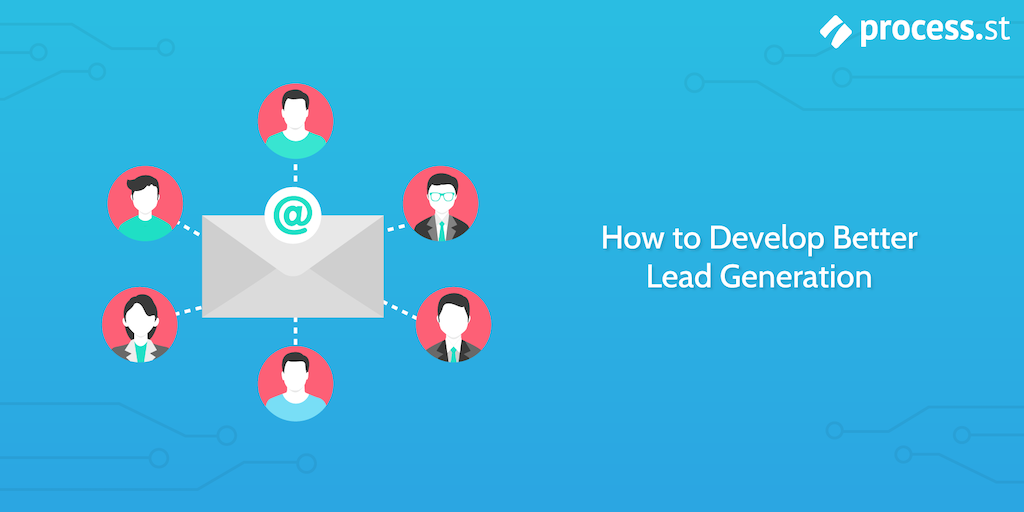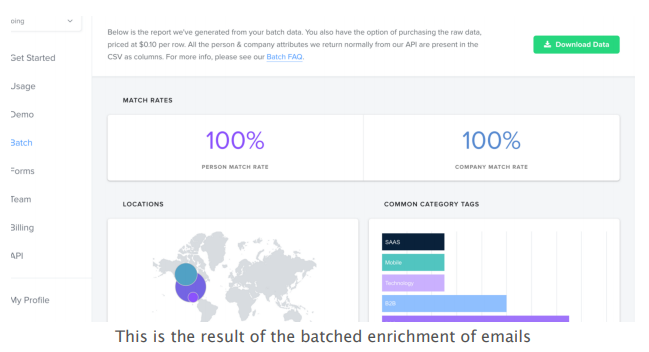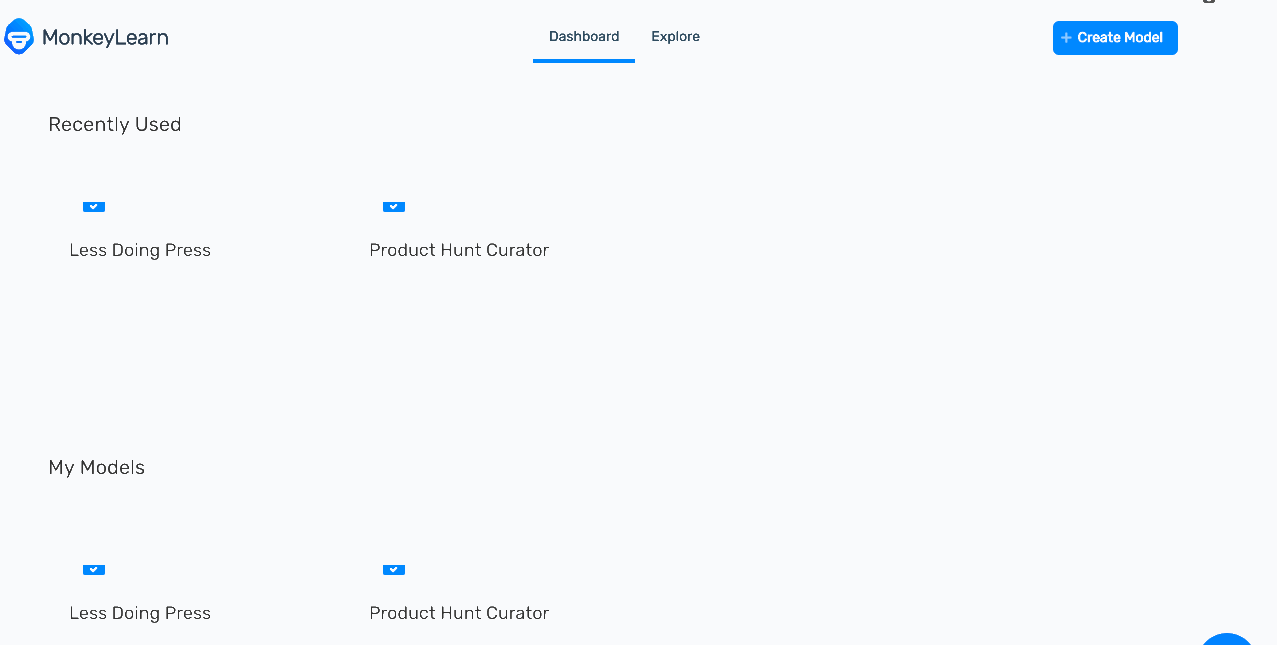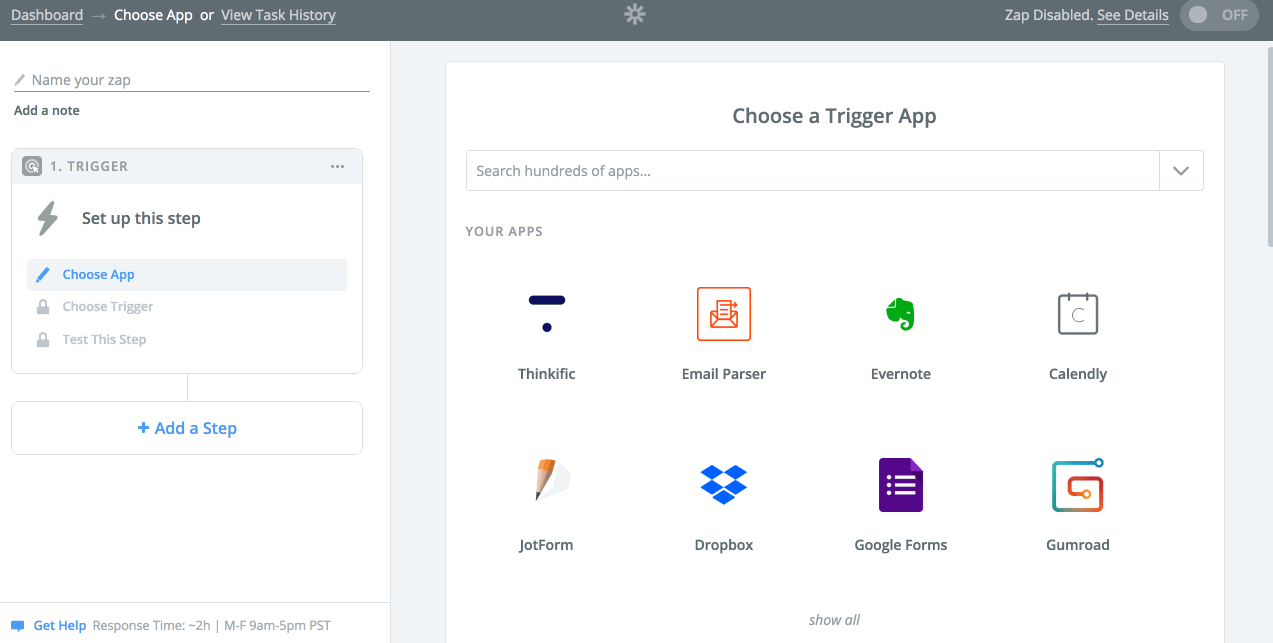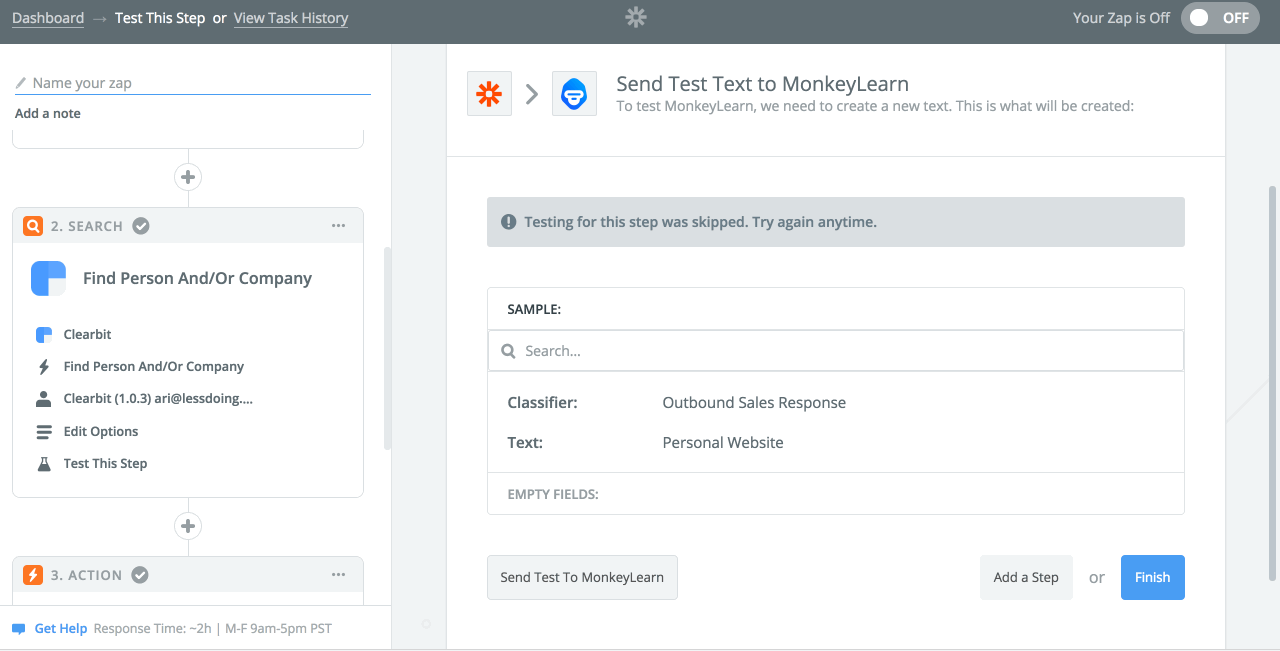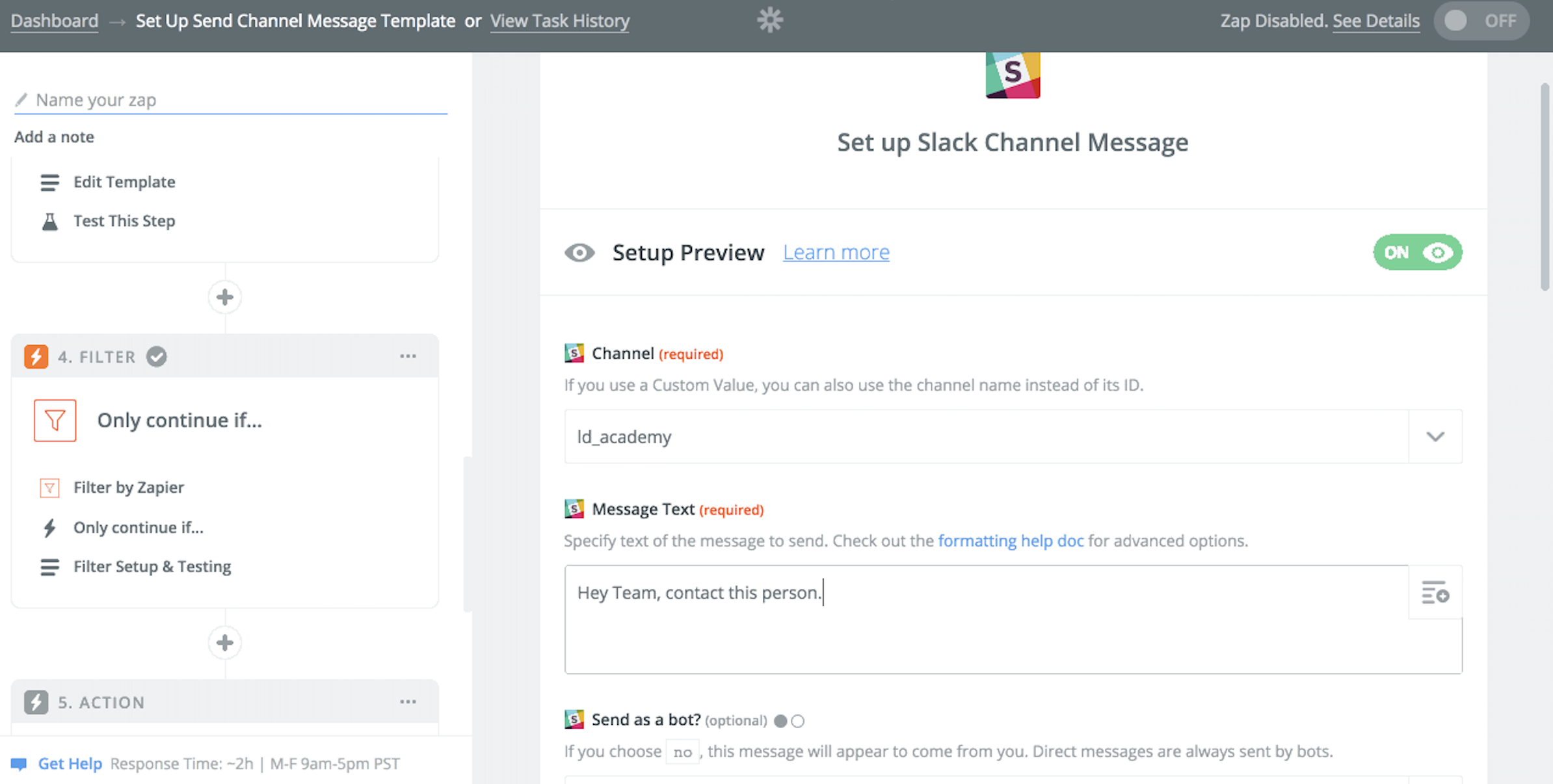Simply put, more leads mean more customers. The more customers there are, the higher a business' profits will be.
However, in reality, lead generation isn't always easy. And finding qualified leads is even trickier.
To help you in your quest to find better leads, try Ari Meisel's own automated lead generation process.
As the founder of Less Doing says himself:
"What if I could show a machine learning algorithm a bunch of my current clients and it could create a model based on them to compare against any new potential lead? Would the machine be able to “pick a winner” in a way that I never could?
Spoiler Alert: It can, and it does it with 93% accuracy." - Ari Meisel, How to Teach a Machine Learning Algorithm to Identify Your Customers
This checklist will guide you through beginning tasks - where you'll gather your customer data and use applications to enrich it - all the way through to later steps, where you'll be making the very same automatic Zap (via Zapier) that Meisel uses.
With the Zap, once a new email newsletter signup is tagged as a customer, your team will be notified. The sales team can then go in and do what they do best: Follow up with the lead and secure the sale.
Follow Ari Meisel's steps to upgrade your standard lead generation process to a successfully automated one.

